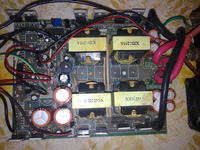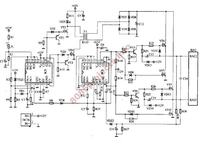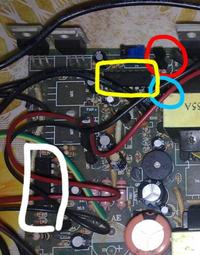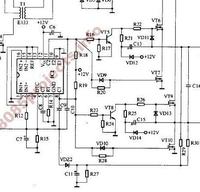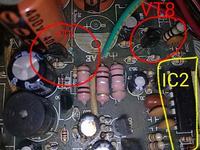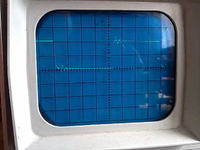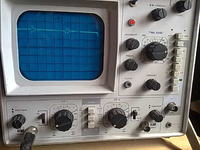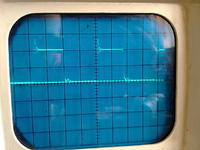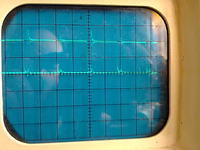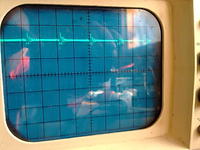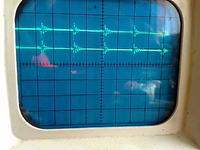erchiu
Member level 5
- Joined
- Apr 7, 2012
- Messages
- 93
- Helped
- 2
- Reputation
- 4
- Reaction score
- 1
- Trophy points
- 1,288
- Location
- Rome - Italy
- Activity points
- 2,082
hi everyone,
i have an problem with my inverter modified sine wave 12vdc - 220 vac
today it has stopped working and emitting an continued sound.
looking the board i not see nothing component burned.
can you give me some suggestion for to continue the check.
on the board there are 8 mosfet irf3205 and 8 sw740,
other 2 ka7500bd for the oscillation.
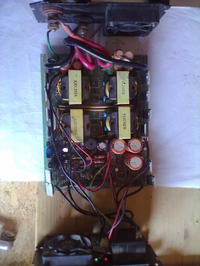
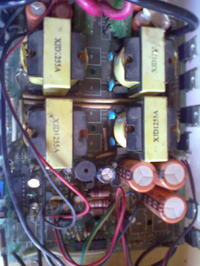
thank you soo much for any help.
erchiu
i have an problem with my inverter modified sine wave 12vdc - 220 vac
today it has stopped working and emitting an continued sound.
looking the board i not see nothing component burned.
can you give me some suggestion for to continue the check.
on the board there are 8 mosfet irf3205 and 8 sw740,
other 2 ka7500bd for the oscillation.


thank you soo much for any help.
erchiu
